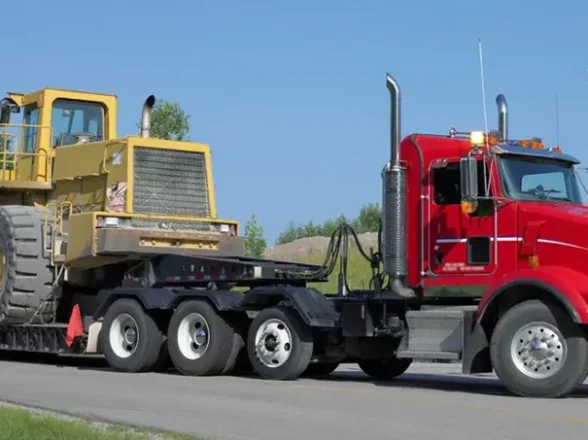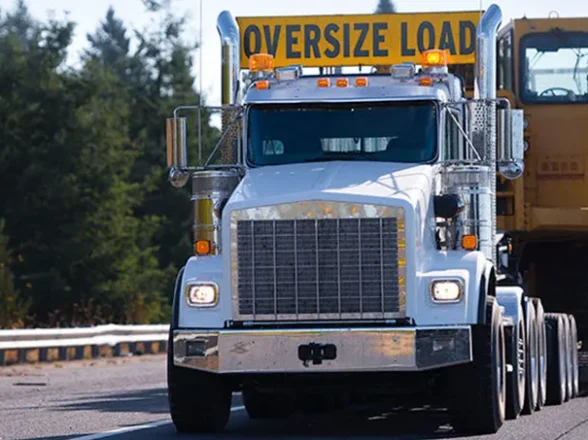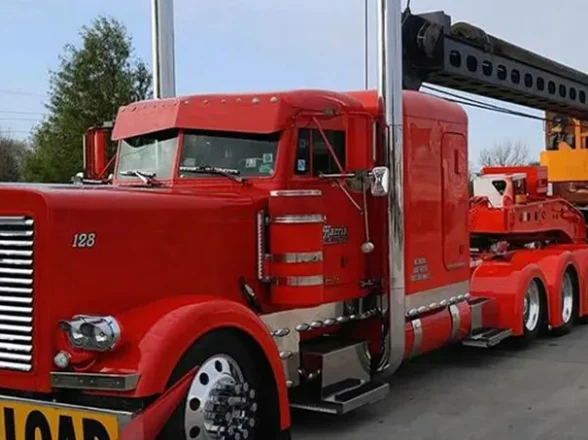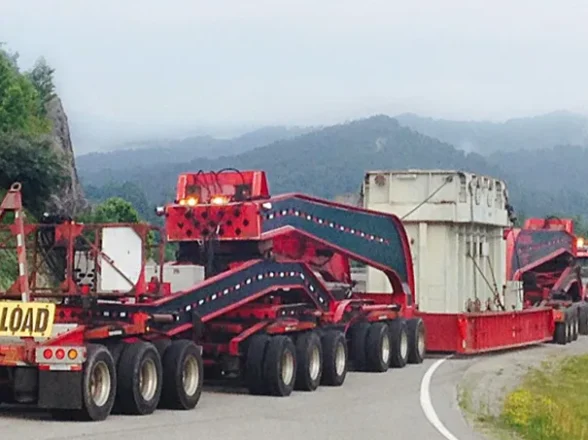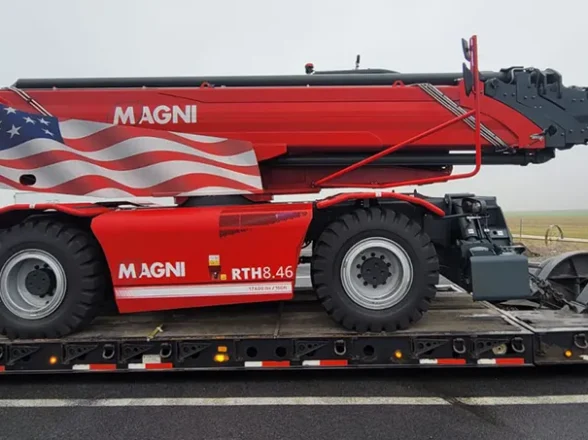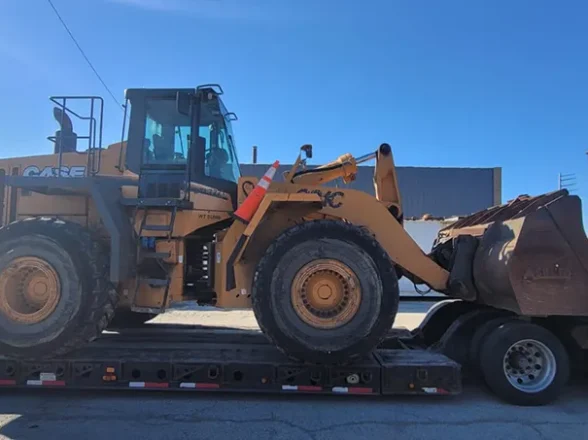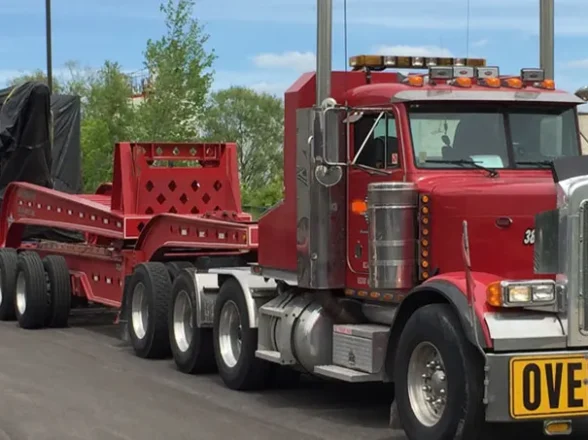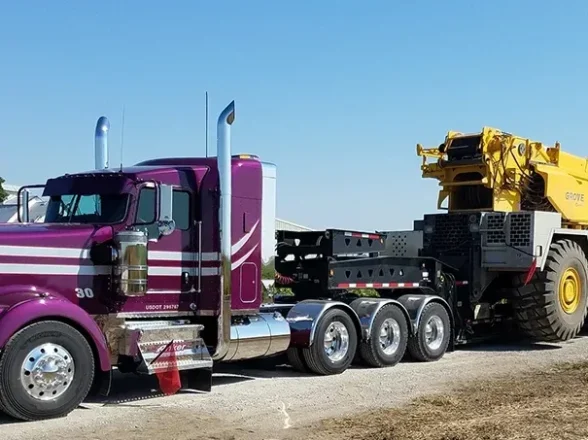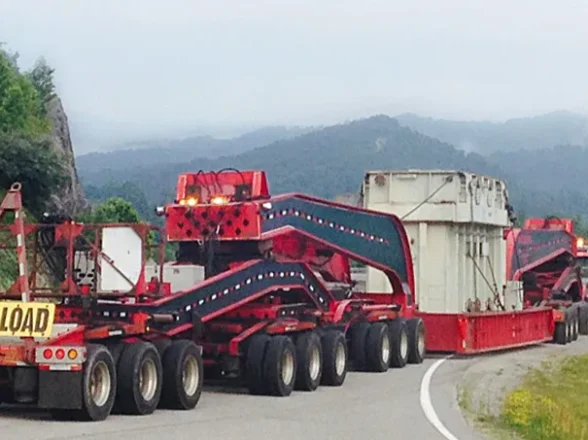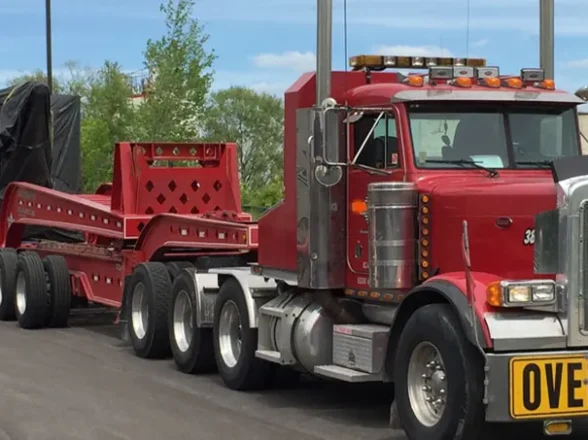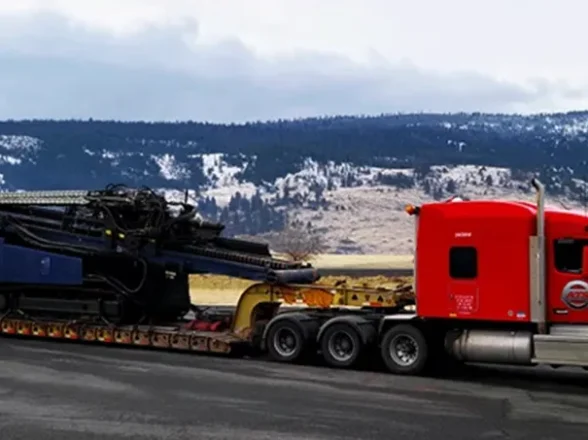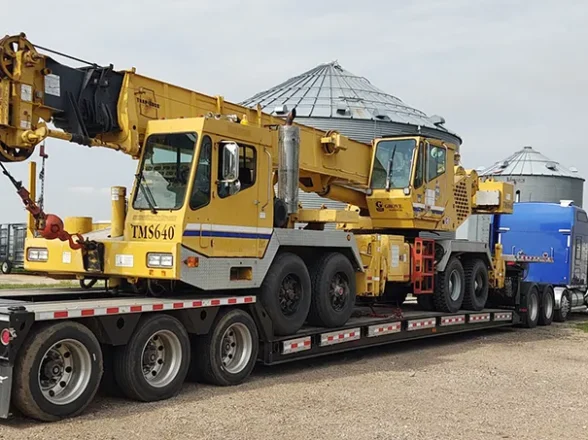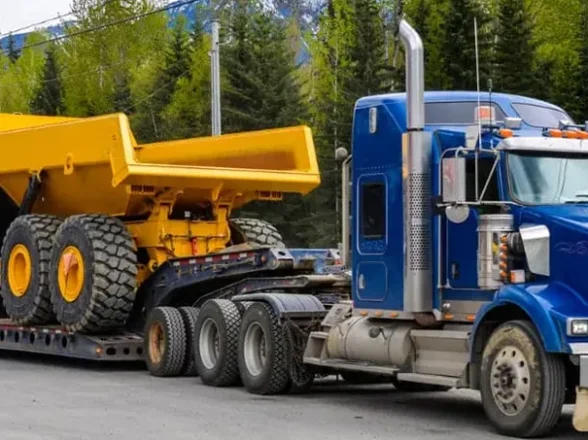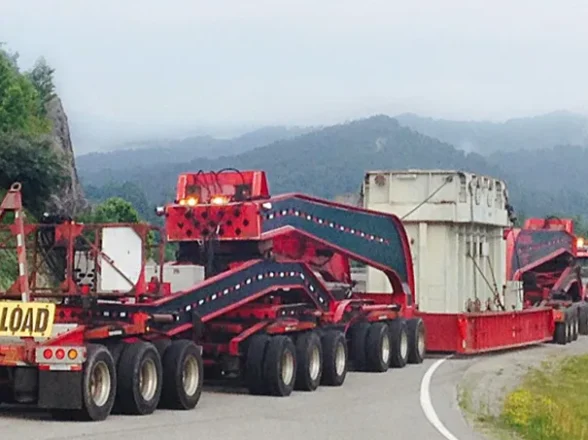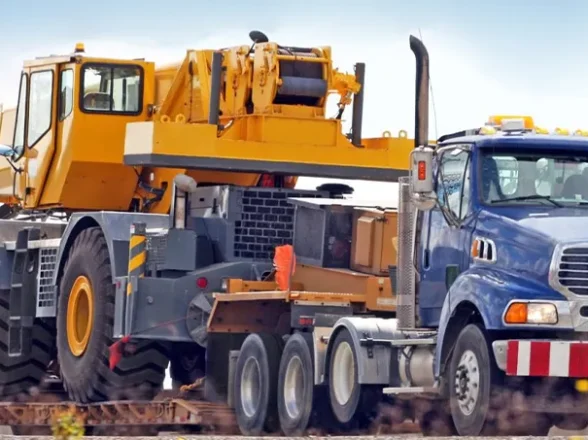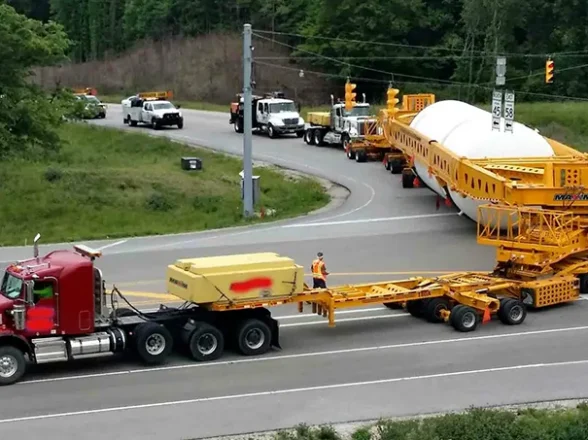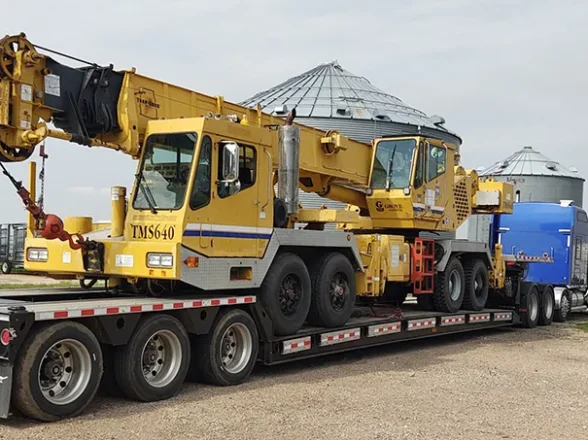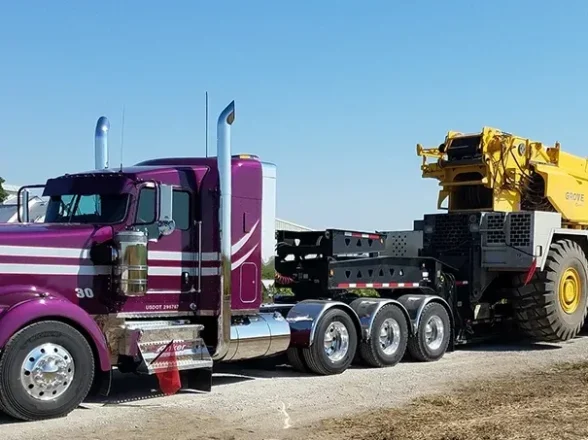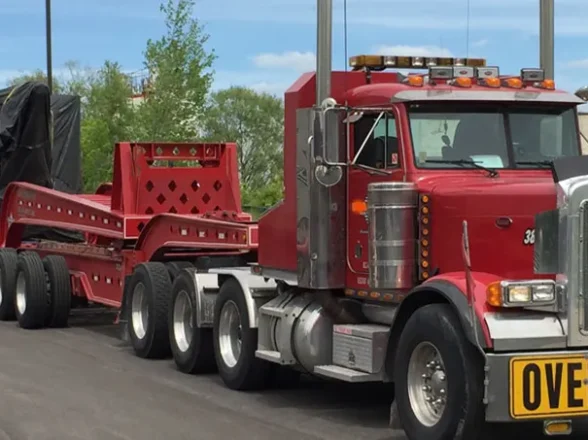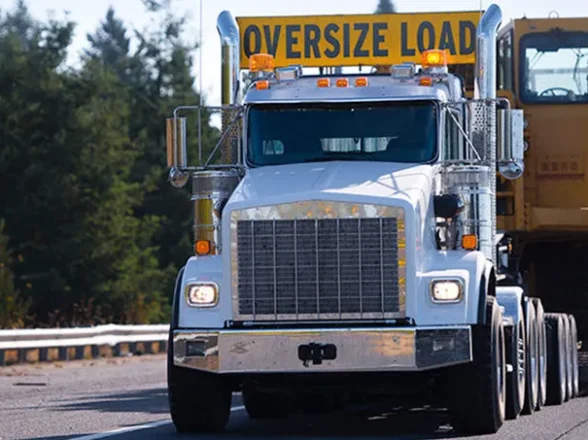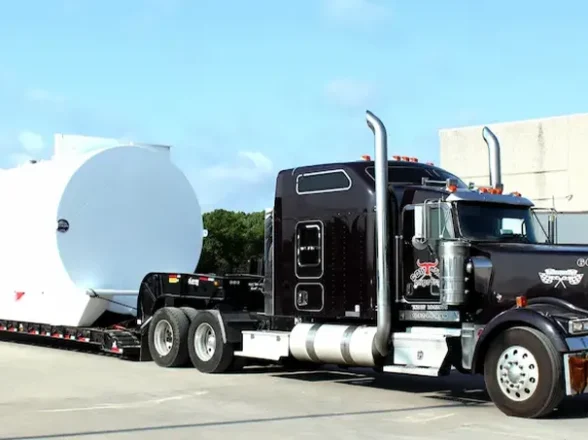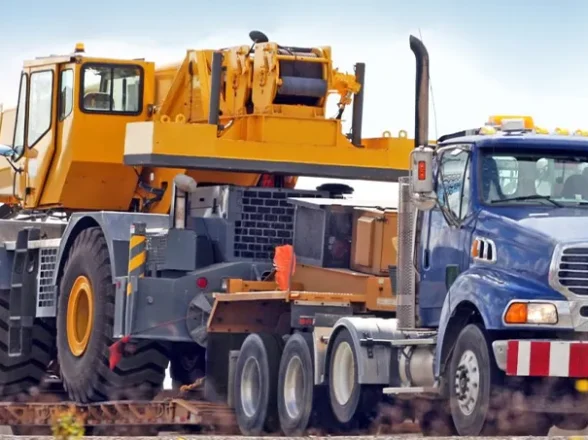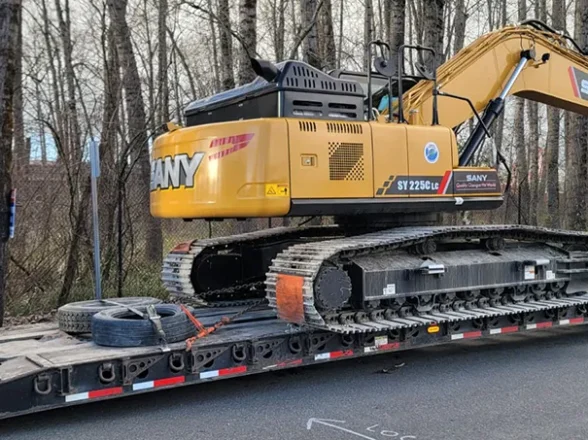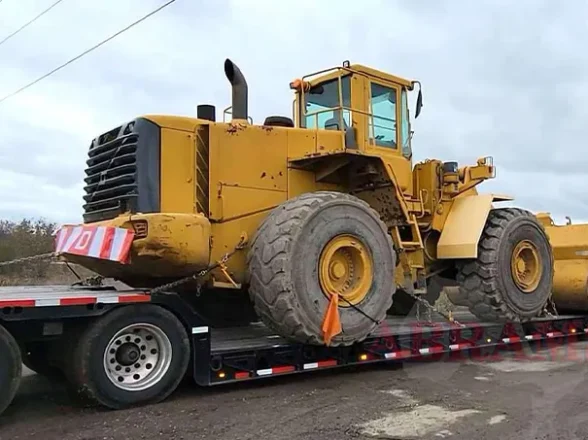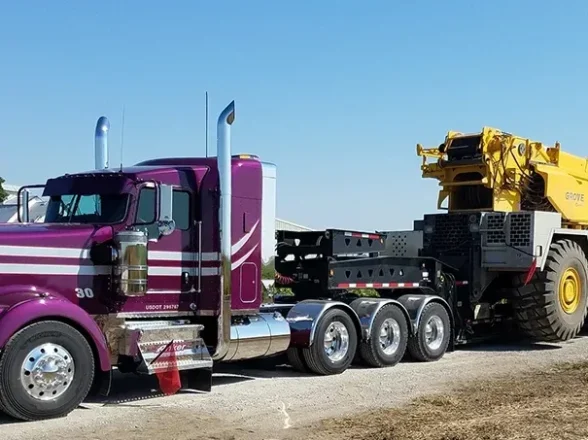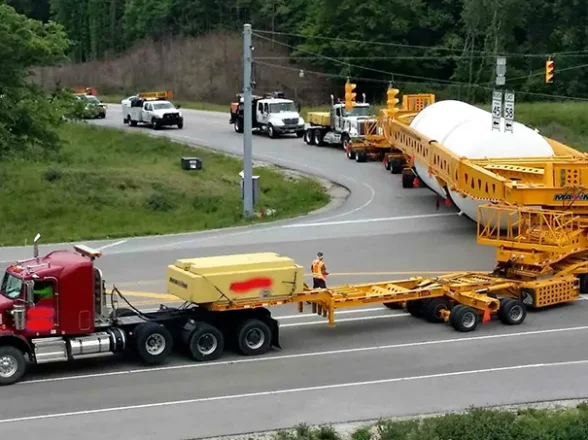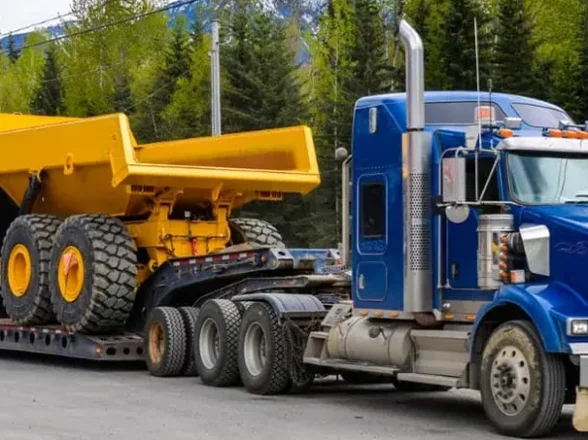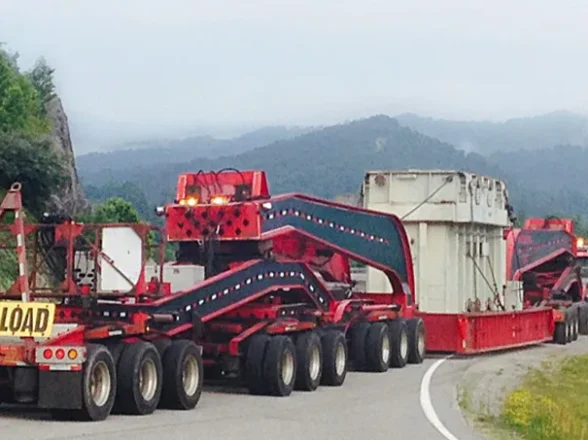DNP news
Blog
Oklahoma Oversize Permits Informations
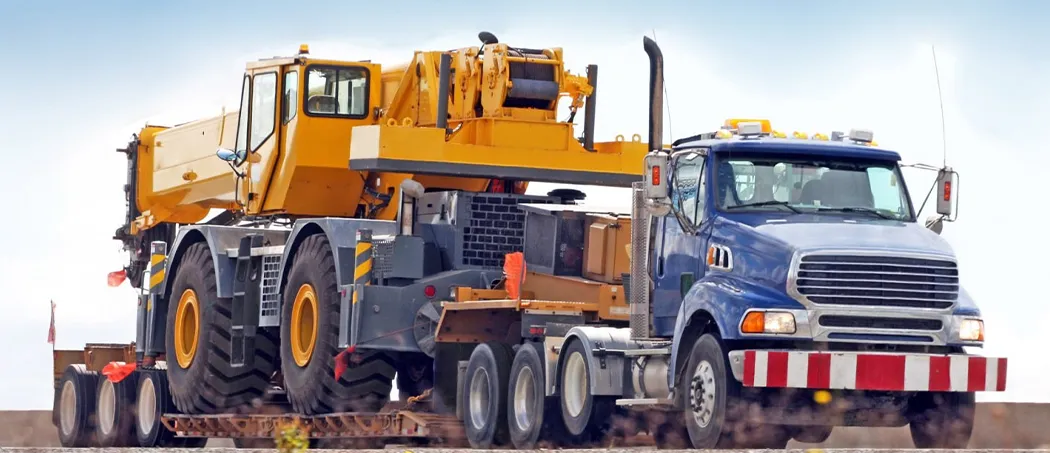
The following information of Oklahoma oversize permits is for informational purposes only. It’s important to always read your permits and provisions sheets carefully as we cannot guarantee the accuracy of the information provided. If you have any questions or need assistance, you can contact the following number.
Oklahoma DOT #: 580-255-7586
PERMITS:
Oversize permits for Oklahoma are effective for a period of three days. It is essential to obtain the permit before entering the state.
OPERATING TIME:
Travel is allowed from half an hour before sunrise to half an hour after sunset seven days a week. Continuous travel is permissible for overweight loads, but it must be specifically requested when obtaining the permit.
RESTRICTED TRAVEL:
Oversize load movements are prohibited on the Interstate system through Cleveland, Oklahoma, and Tulsa counties between 7:00 a.m. to 9:00 a.m. and 3:30 p.m. – 6:30 p.m. from Monday through Friday (excluding O/W only movements). Additionally, no permit travel is allowed on major holidays.
OKLAHOMA OVERSIZE PERMITS TURNPIKES :
Loads with a width of up to 9 feet 6 inches are permitted without needing a Pike Pass. For loads exceeding 9 feet 6 inches up to 11 feet 6 inches wide (and up to 13 feet 6 inches wide exclusively on Cherokee Turnpike), a Pike Pass reference number is required for permitting. The maximum weight allowed on the turnpikes is 108,000 pounds. Weight fees are covered in the state permit; the turnpike does not impose additional charges beyond the standard per-axle fee.
Call (832) 454-5883 For Permit Consultation
LEGAL DIMENSIONS FOR OKLAHOMA OVERSIZE PERMITS
Length:
- A semitrailer and load measuring 59 feet 6 inches are permissible on Oklahoma’s “U.S. Defense Highway System,” encompassing all Interstate routes and numerous primary U.S. Highways.
- 53′ semitrailer and load on other routes
Width:
8’6″ (8′ on any highway having a surface width of less than 20 feet)
Height:
13’6″
Weight:
- 80,000 Gross on Interstate
- 90,000 on non-Interstate routes (with legal tandem and tridem weights)
- Single – 20,000
- Tandem – 34,000
- Tridem – 42,000

ROUTINE PERMIT LIMITS IN OKLAHOMA
Length:
No set maximum
Width:
16′
Height:
Depends on routes
Weight:
- Single – 20,000
- Tandem – 40,000 (with at least 4’3″ axle spacing) or 39,000 (less than 4’3″ spacing)
- Tridem – 60,000 (57,000 with 4’2″ axle spacings)
- Quad – 65,000
- The steer axle is limited to 15,000 pounds with a minimum spacing of 15 feet from the steer to the first drive axle. Requests for weights exceeding 15,000 pounds on the steer axle must undergo approval from bridge engineering, which may take an additional day or two.
To obtain an overweight permit in Oklahoma, your registration must be prorated for 90,000 pounds or, if less than 90,000 pounds, for at least the amount of gross weight you are seeking to permit. The Oklahoma Permit Manual specifies that an approved scale weight ticket or a certification of gross weight from the shipper should be appended to the overweight permit application. Approval for loads exceeding these dimensions may require additional processing time.
ESCORTS REQUIREMENT IN OKLAHOMA
Length:
- Over 80′ on 2-lane highways – 1 escort
- Over 100′ on 2-lane highways – 2 escorts
Width:
- Over 12′ on all highways – 1 escort
- Over 14′ on two-lane highways or over 16′ on multi-lane highways – 2 escorts
Height:
For loads exceeding 15 feet 8 inches, two escorts are required on all highways. Additionally, the permittee must contact all public utilities and railroads along the route in advance of the move.
MISCELLANEOUS:
Dozers equipped with blades exceeding 12 feet in width are restricted from traveling more than 50 miles from the base of operation. Beyond the 50-mile limit, the blade must be removed. Notably, agricultural equipment is no longer exempt from requiring permits in Oklahoma.
SIGNS, FLAGS & LIGHTS FOR OKLAHOMA OVERSIZE PERMITS:
“Oversize Load” signs must be displayed on the front of the tractor and the rear of the load or trailer (whichever extends the farthest) for all oversized loads moving under permit. Additionally, these signs are mandatory on two-lane highways when the load exceeds 59-1/2 feet in length. Flags must be affixed at the widest point of any oversize load, and if there is a rear overhang of 4 feet or more, it must be flagged as well.
FAQs:
What are the regulations for oversized loads in Oklahoma?
Loads wider than twelve (12) feet but no wider than fourteen (14) feet must have a front escort vehicle on two-lane and super two-lane highways, and a rear escort on multi-lane highways. The towing vehicle needs to display the “Oversize Load” sign and flags on the front, and the load (or towed vehicle, if it extends farther) must have them on the rear.
What is the cost of the yearly oversize permit in Oklahoma?
The price of an oversize permit in Oklahoma depends on its duration and purpose. A single trip permit, valid for three days, incurs varying costs. For annual permits, a special purpose oversize permit is priced at $10, while an annual overweight special purpose permit costs $60.
What’s the maximum width allowed for a load in Oklahoma without needing a permit?
Travel without a permit is restricted during major holidays. Loads measuring up to 9 feet 6 inches wide can proceed without the necessity of a Pike Pass. However, for loads exceeding 9 feet 6 inches up to 11 feet 6 inches wide (and extending up to 13 feet 6 inches wide solely on Cherokee Turnpike), a Pike Pass reference number is essential for permitting.
What’s the maximum width allowed for a load in Oklahoma without needing a permit?
Travel without a permit is restricted during major holidays. Loads measuring up to 9 feet 6 inches wide can proceed without the necessity of a Pike Pass. However, for loads exceeding 9 feet 6 inches up to 11 feet 6 inches wide (and extending up to 13 feet 6 inches wide solely on Cherokee Turnpike), a Pike Pass reference number is essential for permitting.





